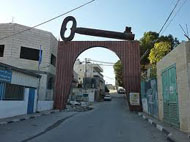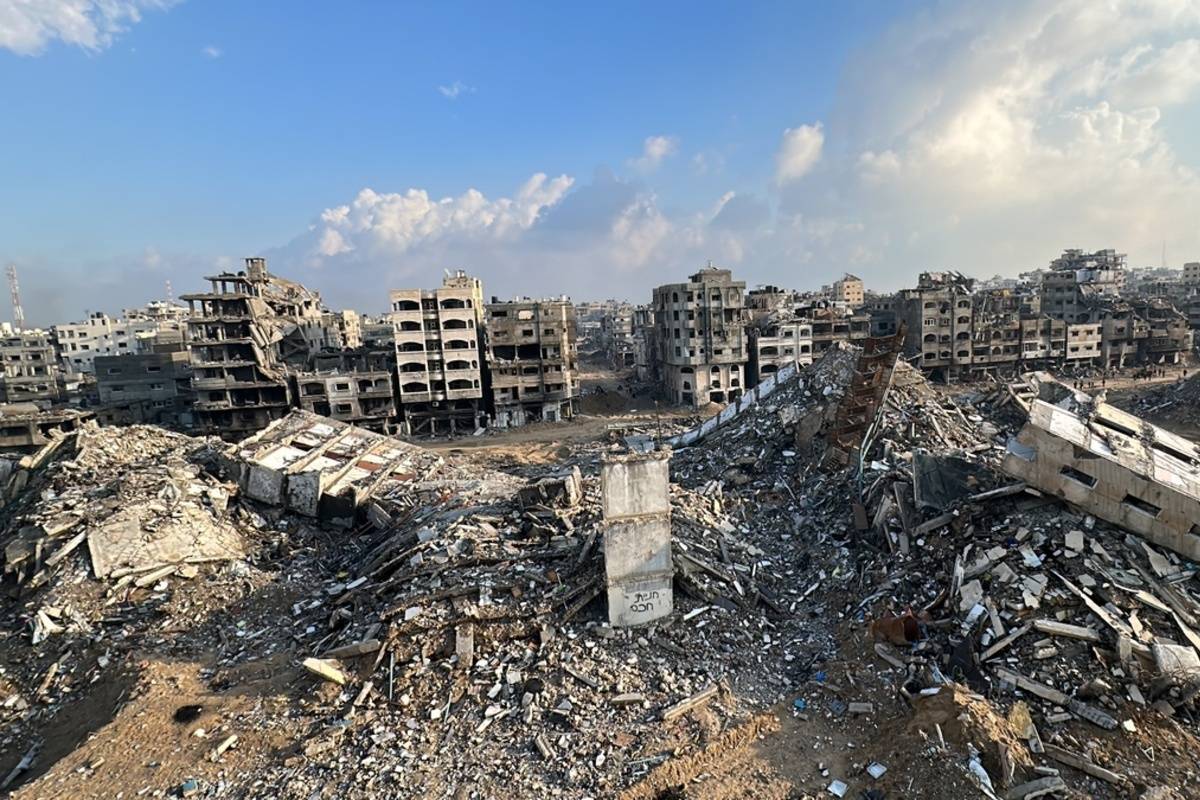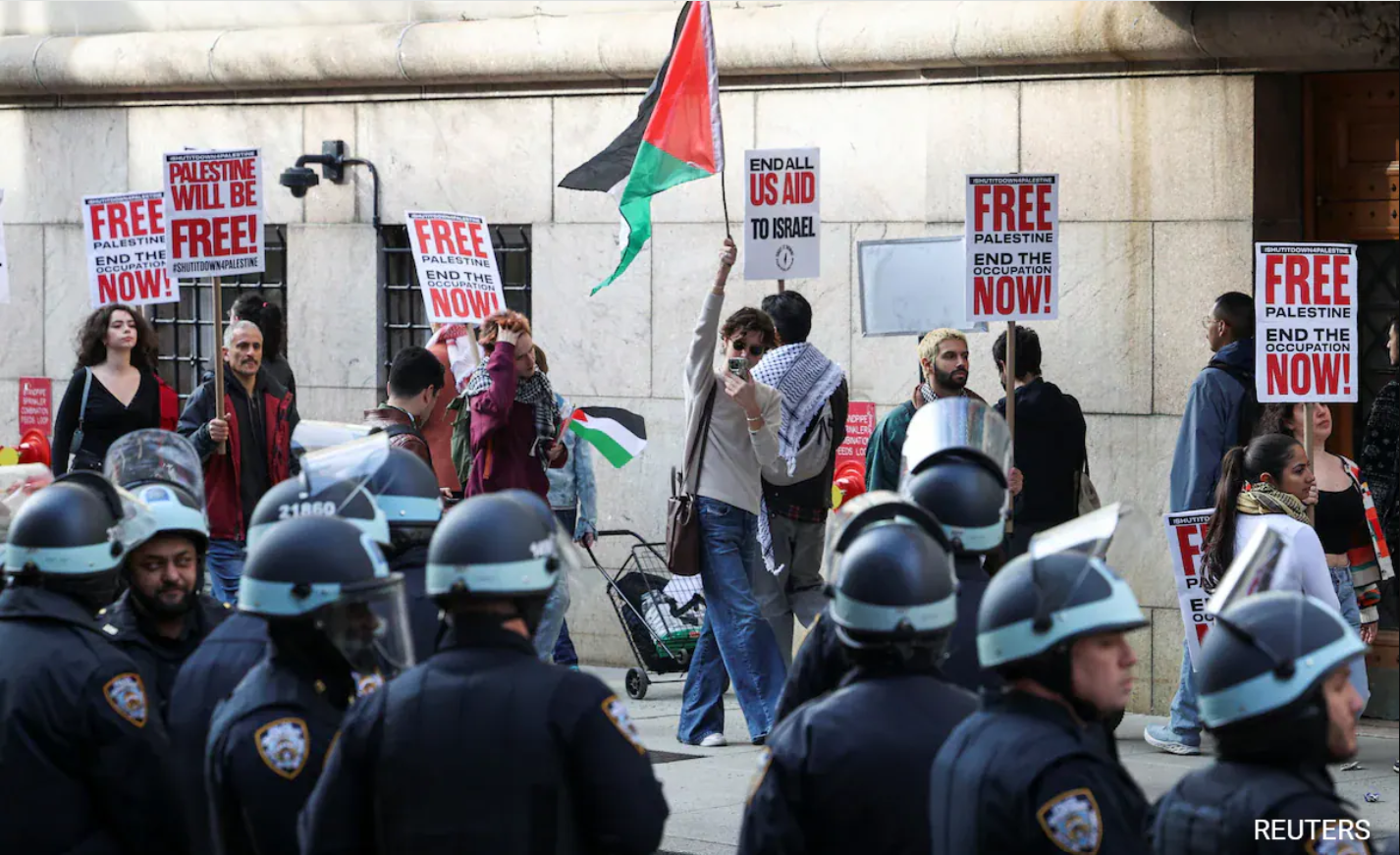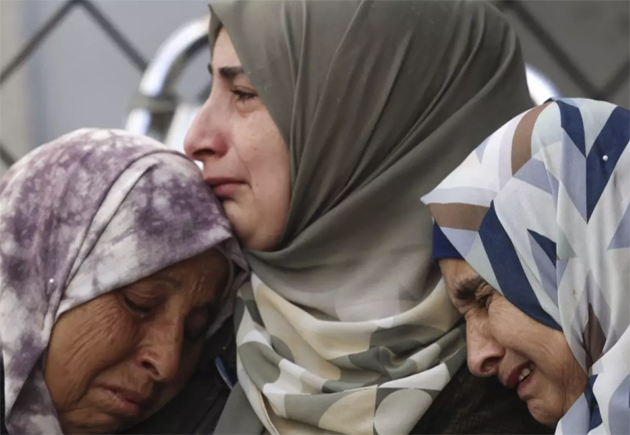
This place is a place of opposites, of two completely different ends of the spectrum; it is a place of yin and yang, if you will. However, yin and yang suggests that there is a sense of balance between the two sides, a sense of equality, even though both sides are utterly different. Israel has a self-claimed democracy where they assert that there is a chance of a two-state solution living peacefully side-by-side with Palestine. After travelling through and seeing different types of Palestinian and Israeli living arrangements, I couldn’t help but think: how on earth is a two-state solution possible if both sides live in constant fear of one another and if one side controls all of the resources and land and leaves the other side with virtually nothing?
What is this fear you may ask? For the Israelis living in the West Bank, they spend their time living in their gated, government subsidized, settlement neighborhoods located in the Palestinian urban and rural landscape. With their gatekeepers, red-roofed cookie-cutter houses, green gardens, and swimming pools, they react with hostility to anyone not Jewish who strays near their encampments. Every time I drive past these settlements, I never see any people out on the streets. Even though they live with many of the luxuries—like pools, gardens, clean streets—paid for by the government, I can’t help but sense an ambient feeling of trepidation within the settlement walls. It’s almost as if the people living there feel out of place, and they sense that something is going to happen to them because they are living on land that is not their own. The settlers cannot “settle” their minds on the fact that they are “settling” illegally.
On the other hand, the fear of the Palestinians comes from a different angle. I had the opportunity to walk through Al Am’ari refugee camp in order to get a small taste for how people live life in these conditions. Someone in the camp told me that the camp took up only 90 dunams (20 acres) of space, and almost 9,000 people lived within the camp. The same person told me seven years ago, 5,000 people lived in the camp within the same area, and they were afraid that the population would continue to grow uncontrollably. These were people who lived in respectable homes before they were forced to flee during the war back in 1948. Now for such a densely populated area, I expected to see crowded streets and a plethora of people. What I saw however was exactly the opposite. The only people I saw walking around the uneven gravel roads were young children aged 3-9 and old men over 60 running their stores. I deduced that the rest of the people who live in the camp were at work, trying to make enough money to feed their ever-growing families. Instead of a fear of retribution, it is much simpler than that; it is a fear of not making ends meet. It is a fear of being unable to support your family and surviving.
To further exacerbate the situation, while I was in Al Am’ari camp, I noticed some of the kids running around the six feet wide alleys, holding huge pieces of gravel. I thought to myself, what on earth could these children be doing with these chunks of concrete? As soon as I finished that thought, one of the kids pelted one of his friends in the skull with said rock. The sight literally made my head hurt, and I expected the seven-year-old boy to buckle down crying. Instead, he just laughed and they started throwing rocks at each other. I realized that this was their version of fun, and the rocks were really the only toys they had access to. It made me think of the children growing up in the settlements probably receiving bicycles from their parents for their birthdays or having the ability to spend plenty of shekels at the mall.
It is an incredible sight—seeing both extremes of the spectrum—and I mean that in every aspect of the word. It’s hard to believe that the settlers are living with everything given to them by the government, while their neighbors live in utter squalor. The same neighbors who go through weekly water shortages during the hottest season of the year because the municipalities cut off the water to fill the pools in the settlements. Even in east Jerusalem, which is under occupation but is considered part of Israel by its government, the water often gets turned off in the Palestinian neighborhoods. I have experienced this, and it is infuriating to know that the water shortage is purely political, and with a simple turn of a valve, water could flow freely like it does in the adjacent neighborhoods. Nobody would be so “out to dry”, and a balance to the yin and yang might be a step closer to being achieved, at least in this area; in terms of achieving a fair political solution, the yin and yang might just take a little bit longer.
Kevin William is a Writer for the Media and Information Department at the Palestinian Initiative for the Promotion of Global Dialogue and Democracy (MIFTAH). He can be contacted at mid@miftah.org.







